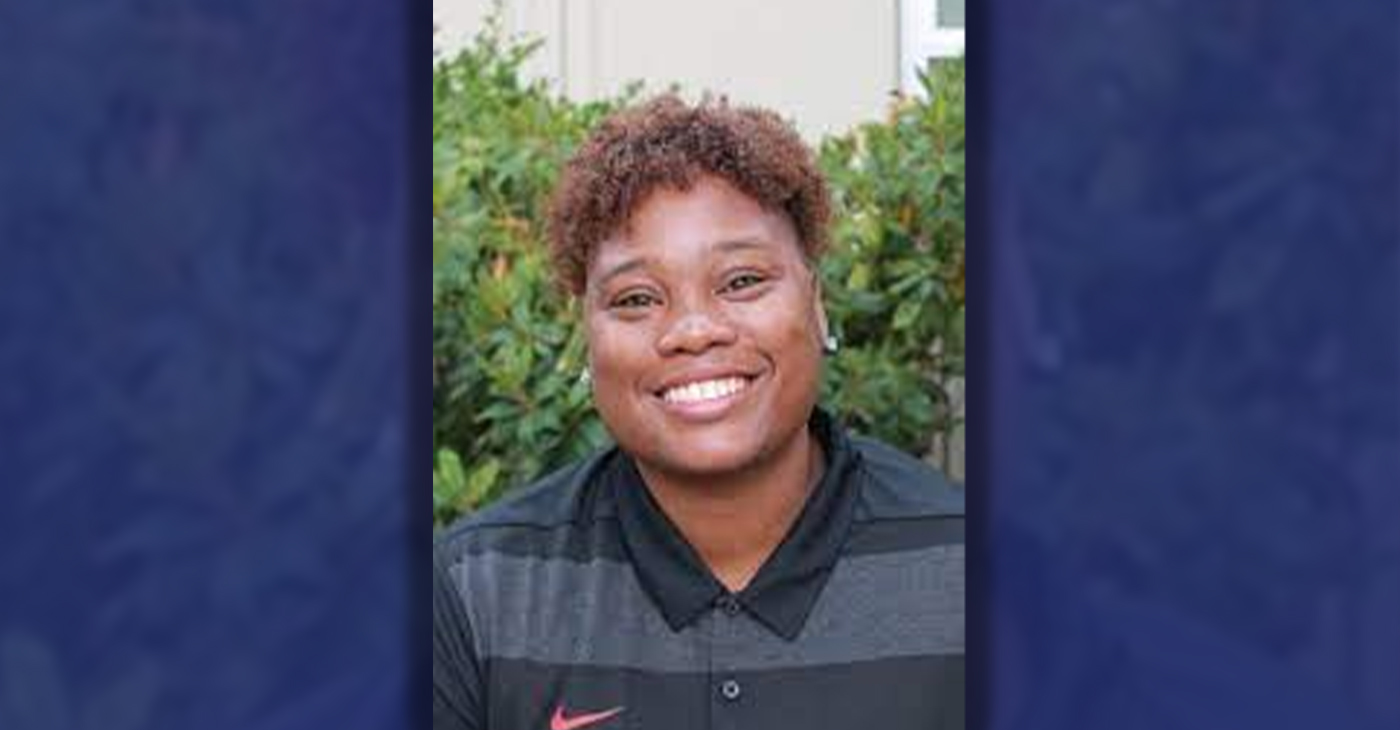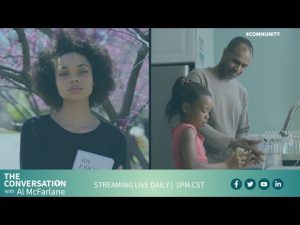Oakland
Bishop Carr, 67
More than 2,000 people gathered at Ephesian Church of God in Christ in Berkeley on Tuesday to celebrate the life of a world-renowned Bishop.
Bishop Robert-Richard Carr, who also pastored the Ephesian Church, was celebrated as a committed man of God who faithfully preached and served for more than 50 years. He died following a short illness. He was 67.
Bishop Charles Edward Blake Sr., Presiding Bishop of the Church of God In Christ, Inc., an international congregation of churches with more than 1,500 member churches throughout the world, performed the eulogy. More than two dozen bishops and more than 100 ministers and pastors from across the country attended the Celebration of Life.
Speaker after speaker lauded Carr as a humble yet prophetic, anointed, loving, friendly preacher, husband and father. He was celebrated for the animated, detailed stories he wove into his sermons that kept church members attentive, learning and laughing.
Carr was born in North Carolina and moved as a child to Philadelphia. He was saved and became a minister at 8 years old. He traveled the country preaching with his mother in tow. He served in various roles within the Church of God in Christ including prayer director and director of the national evangelist department.
Carr was appointed pastor at Ephesian Church in September 1991. He was promoted to the office of Bishop in 1999, leading dozens of churches in Northern and Central California.
Bay Area
BART to Retire Legacy Trains in Public Ceremony April 20

The Richmond Standard
Bay Area Rapid Transit’s final dispatch of legacy trains will take place on Saturday, April 20, and will be accompanied by a retirement ceremony and a final legacy ride.
At 1 p.m., the public is invited to celebrate the last run of BART’s legacy trains during a ceremony that will take place in the free area of the plaza at MacArthur Station in Oakland.
Following the ceremony, the public is invited to board a legacy train and ride from MacArthur to Fremont Station, mirroring the initial service BART provided when it opened Sept. 11, 1972.
“It’s a 45-minute trip that travels along approximately 24 miles of the original section of tracks,” BART officials said.
Multiple legacy trains will run for the event, and all will make station stops and may turn around at Bay Fair depending on the number of attendees waiting to ride. Regular fares will apply.
“These train cars are part of the history of the Bay Area,” said Bob Powers, BART general manager. “While we are excited to modernize the system, we recognize the profound cultural importance of these cars, and we want to celebrate their rich history and give them a proper send off.”
BART is now running train cars from its Fleet of the Future project.
Those nostalgic for the older trains will be able to view three of them soon at Western Railway Museum in Suisun City.
A handful of other legacy cars will be transferred to be repurposed for short-term rentals, entertainment venues, and training facilities, according to BART. Most of the legacy cars have been recycled.
Bay Area
Mind, Body, and Spiritual Well-Being for Women Addressed in NAACP Forum in Oakland
The Women In The NAACP Oakland Branch is proud to announce the upcoming “Total You – Mind, Body, and Spirit Women’s Health Forum” scheduled for April 27 at Acts Full Gospel Church. Running from 9 a.m.-2 p.m. at 1034 66th Ave., this forum aims to provide an empowering platform for women to engage in discussions, gain knowledge, and access resources pertaining to their health and well-being.

Special to The Post
The Women In The NAACP Oakland Branch is proud to announce the upcoming “Total You – Mind, Body, and Spirit Women’s Health Forum” scheduled for April 27 at Acts Full Gospel Church.
Running from 9 a.m.-2 p.m. at 1034 66th Ave., this forum aims to provide an empowering platform for women to engage in discussions, gain knowledge, and access resources pertaining to their health and well-being.
The forum will feature renowned experts, healthcare professionals, and advocates from Genentech, John Muir Health, Sutter Health of The East Bay, Kaiser Permanente, and the Alameda County Public Health Department.
Our expert panel will address various aspects of women’s health, including physical, mental, and emotional well-being, and healthy relationships. The forum will encompass a wide range of topics such as breast cancer, menopause, reproductive health, nutrition, mental health awareness, preventive care, and much more.
Participants will have the opportunity to attend informative sessions, interactive workshops, and panel discussions led by experts in their respective fields. Additionally, there will be wellness activities, screenings, and informational booths offering valuable resources and support.
This forum is open to women of all ages and backgrounds, encouraging inclusivity and diversity in the conversation surrounding women’s health. Whether you’re seeking information for yourself, a loved one, or simply looking to connect with other women, this event promises to be enlightening and empowering.
For more information and to register for the Total You Women’s Health Forum, please visit https://www.naacpoakland.org/ or contact Dr. Delores Thompson. WIN chairwoman at (510) 328-3638.
The Women In The NAACP Oakland Branch is dedicated to empowering women, and young teen girls. We look forward to your participation in this important event.
To register, go to https://www.naacpoakland.org/events/the-total-you-womens-health-forum
Community
Oakland WNBA Player to be Inducted Into Hall of Fame
The Multi-Ethnic Sports Hall of Fame (MESHOF) announced that it will induct Dr. Alexis Gray-Lawson, a former WNBA player and Oakland Technical High School graduate at its inaugural Curt Flood Platinum Award Ceremony in February. Gray-Lawson’s Platinum Award is part of the Hall of Fame’s 24th Annual Bay Area induction and award ceremony, where four other retired professional athletes will be honored.

By Post staff
The Multi-Ethnic Sports Hall of Fame (MESHOF) announced that it will induct Dr. Alexis Gray-Lawson, a former WNBA player and Oakland Technical High School graduate at its inaugural Curt Flood Platinum Award Ceremony in February.
Gray-Lawson’s Platinum Award is part of the Hall of Fame’s 24th Annual Bay Area induction and award ceremony, where four other retired professional athletes will be honored.
The banquet and ceremony will be held from 5:45 to 10 p.m. on Saturday, Feb. 24, at the George P. Scotlan Convention Center at Oakland’s Marriott Civic Center Hotel.
“I am truly honored to receive this incredible nomination,” said Dr. Alexis Gray-Lawson, who, along with college teammate Devanei Hampton, lead Oakland Tech to its second consecutive state title in 2005. “It took a village to raise me and get me here, and I truly am excited to continue the legacy.”
Gray-Lawson, a “second team” Parade All-American and an All-State honoree, as a senior in ’05, was chosen for the California Interscholastic Federation sportsmanship award. She only lost one game throughout her four-year career in high school. Her jersey was retired at Oakland Tech and placed in the National High School Hall of Fame as a four-time All-City recipient, averaging 17.2 points per game during her career.
Gray-Lawson received scholarships in volleyball, softball, and basketball before deciding to travel up College Avenue to the University of California, Berkeley. There, she played in more basketball games (143) than any other player in Golden Bears’ history. She finished her career as the Bears all-time 3-point leader (211), and she is ranked third in scoring with 1,982 points.
An All-Pac 10 and honorable mention All-American in 2010, Gray-Lawson also was the top player at 5’8” or under for the Frances Pomeroy Naismith Award. Later that year, she was a third-round pick of the Washington Mystics in 2010 and played with the Phoenix Mercury of the Women’s National Basketball Association in 2011 and 2012. She also played professionally overseas in Turkey and Israel.
Other inductees are Clifford Ray (Basketball); Lee Lacy (Baseball); Spencer Haywood (Basketball); and Mohinder Singh Gil (Track & Field).
Organizers say the event promises to be a “historic and celebratory evening,” and iconic personalities from across the professional sports industry and its various disciplines will attend.
The no-host cocktail hour begins at 5:45 p.m.; dinner at 6:45 p.m.; and the ceremony at 7:45 p.m. All times are prompt. General tickets are $250.00; Seniors (65 and older) $150.00, and students $50. This includes dinner and the ceremony. Tables of 10 are available as well, and early purchase is recommended.
MESHOF is a 501(c) (3) nonprofit organization dedicated to honoring athletes from all corners of the globe who have made significant contributions to the world of sports and broadening the public’s understanding of the contributions people of color have made to professional sports; and to provide educational life skills and mentorship opportunities for deserving youth. Proceeds will help maintain the City of Oakland’s Curt Flood Field, Oakland Parks & Recreation, and MESHOF’s after school and mental health initiatives.
Tickets can be purchased online at www.multiethnicsportshof.com. For additional information, please contact: Arif Khatlib @ afrosportshall@aol.com or India Alston @ india@beamcreativehouse.com
-

 Activism4 weeks ago
Activism4 weeks agoOakland Post: Week of March 27 – April 2, 2024
-

 #NNPA BlackPress4 weeks ago
#NNPA BlackPress4 weeks agoFrom Raids to Revelations: The Dark Turn in Sean ‘Diddy’ Combs’ Saga
-

 #NNPA BlackPress4 weeks ago
#NNPA BlackPress4 weeks agoCOMMENTARY: D.C. Crime Bill Fails to Address Root Causes of Violence and Incarceration
-

 #NNPA BlackPress4 weeks ago
#NNPA BlackPress4 weeks agoCOMMENTARY: Lady Day and The Lights!
-

 #NNPA BlackPress4 weeks ago
#NNPA BlackPress4 weeks agoMayor, City Council President React to May 31 Closing of Birmingham-Southern College
-

 #NNPA BlackPress4 weeks ago
#NNPA BlackPress4 weeks agoBaltimore Key Bridge Catastrophe: A City’s Heartbreak and a Nation’s Alarm
-

 #NNPA BlackPress4 weeks ago
#NNPA BlackPress4 weeks agoBaltimore’s Key Bridge Struck by Ship, Collapses into Water
-

 #NNPA BlackPress4 weeks ago
#NNPA BlackPress4 weeks agoBeloved Actor and Activist Louis Cameron Gossett Jr. Dies at 87









































